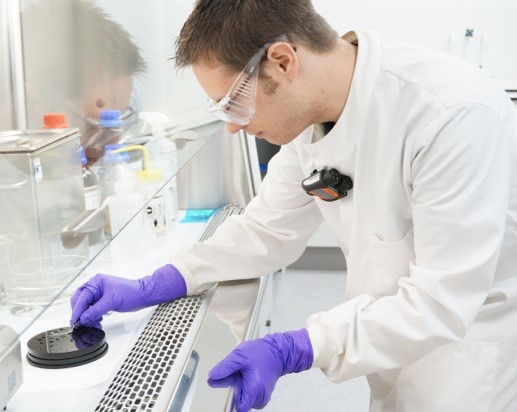

|
Edward Lowton
Editor |


|
| Home> | Health, Safety & Welfare | >Breathing safely | >Reduce exposure risk |
ARTICLE
Reduce exposure risk
13 December 2015
Southampton’s National Oceanography Centre (NOC) is using two Ion Science Cub personal photoionisation detectors (PIDs) to reduce employees’ risk of exposure to essential chemicals used in a fume containment cabinet.

The research facility chose the advanced instruments due to their ease of use and unobtrusive design while providing a quick response to the presence of hazardous volatile organic compounds (VOCs).
Extremely comfortable to wear, Cub is the smallest and lightest personal PID monitor available. It offers a dynamic range of 1 ppb (parts per billion) to 5000 ppm (parts per million) sensitivity – giving an early warning of exposure to hazardous gases, including benzene.
MORE FROM THIS COMPANY
- Fixed photoionisation detector series
- China office opens
- Seamless supply of MiniPID ensured
- Gas detection product managers
- French office opens
- National Clean Air Day 2022: Air quality monitoring VOCs
- Commitment to environmental and social sustainability
- Showcasing the latest in air quality technology
- On the move
- Fracking monitor
OTHER ARTICLES IN THIS SECTION

















